Every day, all over the world, USAID brings peace to those who endure violence, health to those who struggle with sickness, and prosperity to those who live in poverty. It is these individuals — these uncounted thousands of lives — that are the true measure of USAID’s successes and the true face of USAID's programs.
The people of Afghanistan have long suffered from extremely limited access to safe drinking water and hygienic sanitation. In support of the new government, many donors are investing in water supply and sanitation across the geographically diverse country. Significant funding has been spent and thousands of hand pumps, piped water schemes, and latrines have been constructed. However, lack of sustainability and community involvement in their maintenance remains a significant challenge to ensuring the long-term value of these infrastructure investments.
Afghanistan suffers from a shortage of fodder crops that is preventing the country’s farmers from realizing the full potential of their livestock and improving their livelihoods. The solution may lie in the production of alfalfa which is widely recognized as an important crop for its resilience, yield, and use as high-protein and high-fiber feed for farm animals.
“The education loan has enabled me to pursue a university degree and took care of my concerns that there won’t be enough money to pay for the studies,” says 19-year-old Ayman Arymbekova, a student at the Academy of Tourism in Bishkek, where she is working towards a degree in tourism management. Arymbekova received this loan through the joint USAID and the Kyrgyz Investment and Credit Bank’s (KICB) Education Loan Program.
Women are Key to Effective Development
President Kennedy once wrote, “Human beings are the principal untapped resource in developing countries.” Those words still ring true at USAID today. Women and girls are an extremely powerful force for development. Recognizing the critical role they already play in their communities and expanding opportunities and for them is not only the right thing to do, it’s also the key to ensuring lasting progress.
The Wakhan corridor is a remote mountainous part of the Pamir region of Afghanistan that connects the country with China. The semi-nomadic Kyrgyz and Wakhi peoples populate this rugged landscape. They practice agriculture in the river valleys and herd animals in the summer pastures at high elevations. With funding from USAID, the Wildlife Conservation Society (WCS) has been working with these local indigenous communities to ensure the survival of the local fauna, including snow leopards, Marco Polo sheep, wolves, and eagles.
In 2005, Deutsche Bank established the Global Commercial Micro‐finance Consortium, known as the “Consortium,” to address this problem. By promoting the flow of capital from international investors and commercial banks in developing countries to micro‐finance institutions, financing for the sector could remain stable even as donor interest fluctuates.
Afghanistan is making strides toward increasing the participation of women in the public sphere, especially in the justice sector. Recently, one hundred females, all in their final year of studies in the Law and Shari’a faculties at Kabul University, attended a USAID-organized forum designed to encourage female law students to enroll in the upcoming Stage, the Supreme Court’s judicial training program the event.
Abdul Baqi comes from a long line of poppy farmers. He learned poppy cultivation from his father and passed on the knowledge to his four sons. It was the crop of choice for farmers in the southern Afghan province of Hilmand because it was easy to grow and profitable to sell. But poppy farming has a dark side as Baqi discovered when all four of his sons began smoking opium. They neglected their wives and children, and soon the farm began to suffer.
Progress brings complications. Every kilometer of road that is built or rehabilitated requires enormous coordination to fund, plan, and maintain. The old system of road maintenance—one which is fragmented among many ministries—is not able to keep up. Responsibility for the roads needs to be clear. To fix the problem, two of Afghanistan’s brightest engineers are overseeing the operations and maintenance of more than three thousand kilometers of Afghan highways.

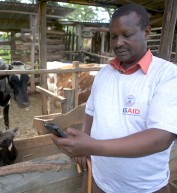
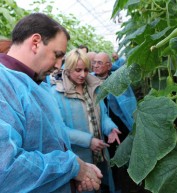
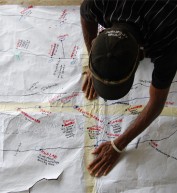
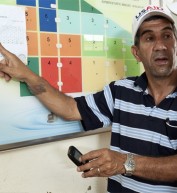

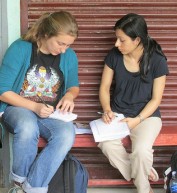
Comment
Make a general inquiry or suggest an improvement.